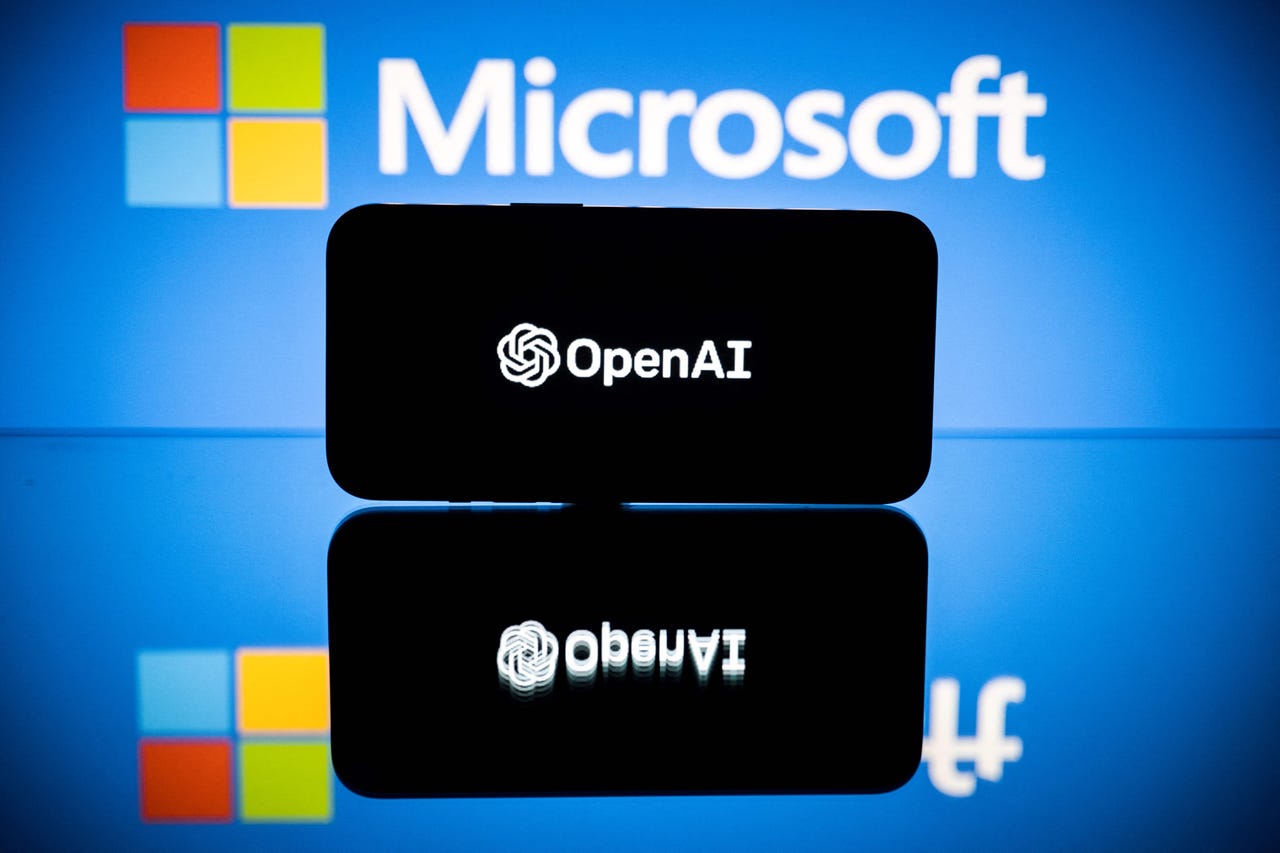I tried using Bing’s AI chatbot’s tones. Here’s what happened.

Did your mom ever tell you to “watch your tone” when you had a little too much attitude for her liking? In the same way, you can now tell Bing’s AI chatbot to change its tone in its text responses to suit your own liking.
On Bing’s chat page, select users have access to buttons that let you choose whether you want the responses to exhibit a “precise,” “balanced” or “creative” tone, as shown in the tweet below.
We’ve been hard at work tweaking dials so you can chat with the new Bing however you’d like. Starting today, some users will see the ability to choose a style that is more Precise ????, Balanced ????♂️, or Creative ????.
Let us know what you think by using the ???? & ???? in each response. pic.twitter.com/OyCI2y3eT6
— Mike Davidson (@mikeindustries) February 24, 2023
However, having early access won’t be enough to secure these buttons, as only select members of the already-limited early access group will be able to use them.
As someone who didn’t have access to the buttons herself, I am happy to share that there is a workaround. All you have to do is tell the bot to switch to one of the three tones before typing in your query, and the chatbot will be ready to watch its tone.
Also: I tried Bing’s AI chatbot, and it solved my biggest problems with ChatGPT
To put it to the different tones test, I wanted to ask a question that could result in a biased response. Using all three tones, I asked, “Is ‘La La Land’ a good movie?” Now, if you have ever watched the film, you know the ending causes polarizing reactions in people – you either hate it, or you love it – and that’s exactly why I chose it.
For the first try, I prompted the chatbot to use a “precise” tone. The result was exactly that–precise. It included stats from trusted movie rating sites and even critic quotes to inform me about the public’s perception of the film. It even let me know that if I was a fan of musicals and romances, I would most likely enjoy the film, which is a really good conclusion since I, a lover of musicals and romances, absolutely adore “La La Land.”
Then I put the “balanced” tone to the test. The results were a little underwhelming, as it included an abridged version of the “precise” tone response. Nevertheless, it did include the perspective of people who love it and the perspective of those who don’t, which did make for a balanced response.
Lastly, I used the “creative” tone. As soon as you switch to this tone, you can see the chatbot showcase some of its personality, which is amusing. The actual response to the prompt, however, was still very similar to the others, with the small exception that it included some of its own advice.
After trying the tones out, my final verdict is that this functionality is a great idea in theory. However, for it to actually succeed, Microsoft will have to deliver more varied responses for each tone. Right now, the very small nuances in the responses aren’t enough to reflect each individual sentiment.
For all the latest Technology News Click Here
For the latest news and updates, follow us on Google News.
